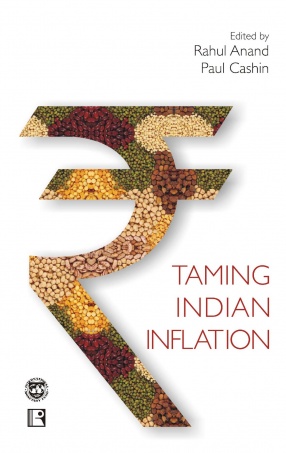Indian retail business is undergoing dramatic transformation. The retail sector employs about 8 per cent of the country’s workforce and is characterised by a high degree of fragmentation with over 5 million outlets. Due to their small size, Indian retailers have very little bargaining power vis-Ã -vis manufacturers unlike in the case of retailers in developed countries. The corner grocer or the Kirana store is a key element in the retail business in India due to the housewife’s unwillingness to go long distances for purchasing daily needs. In the emerging scenario, traditional formats of retailing (like hawkers, grocers and paan shops) are now co-existing with modern formats like supermarkets and non-store retailing channels such as multi-level marketing and teleshopping. The structure of a country’s retail sector has an enormous influence on marketing strategy and marketing activities of firms. The Indian retail sector has arrived at a very critical stage. Stores in modern formats have emerged in the metropolitan cities but the bulk of the retail still take place through traditional retail formats. The development of modern retailing is of great interest to marketing scholars, practitioners and policy makers. The emergence of new formats of retailing has attracted the attention of government functionaries, company managers and economic analysts. This book analyses the developments in retailing in India. It consists of 20 papers authored by scholars in the field. This work will appeal to all categories of readers, particularly students of business management, economics and commerce, company executives, government officials, and non-governmental organizations monitoring developments in the Indian economy.
India’s Living Constitution: Ideas, Practices, Controversies
India became independent in ...
$25.20
$28.00






There are no reviews yet.